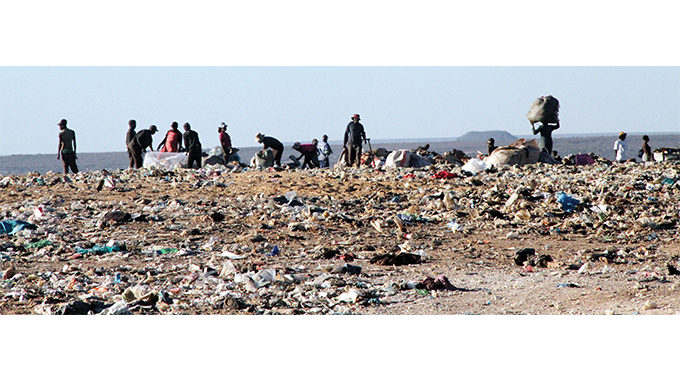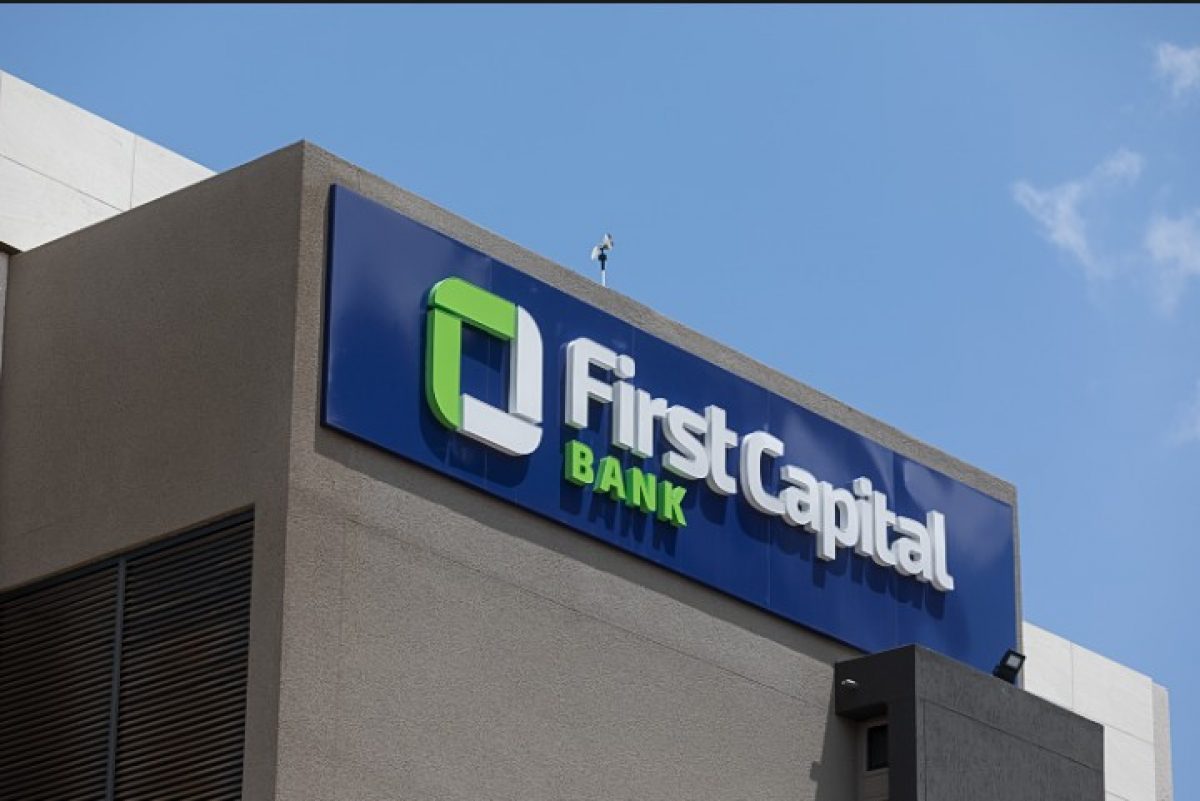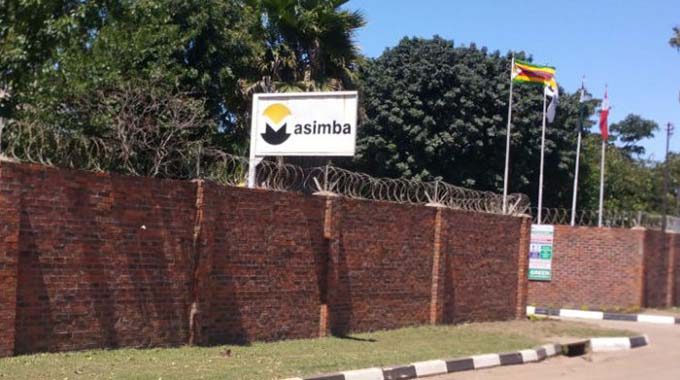Unbundling, partial privatisation of Fidelity Printers
Fidelity Printers and Refiners (Private) Limited (FPR) is a 100 percent owned subsidiary of the Reserve Bank of Zimbabwe (RBZ). It was incorporated in 1978. At inception in 1966 FPR’s business was largely to print secure banknotes and operated as a department of the RBZ.
The business of the company can conveniently be divided into Printing which is done from Msasa, Harare, Minting in Bulawayo and Gold Operations including the refinery in Msasa. Gold operations includes gold buying, the refinery and gold exports and is loosely referred to as the “Refinery” business.
Unbundling and partial privatisation Announcement by the Minister of Finance The Minister of Finance and Economic Development, Professor Mthuli Ncube, in his recent mid-term budget review statement confirmed that the unbundling of FPR was underway and that 60 percent shareholding in the unbundled gold refinery entity would be offered to producers of gold. Further, it was communicated that 10 shareholders had accepted to take the said 60 percent shareholding at USD 49 million.
Confirmation by RBZ
A subsequent follow up I made with the RBZ confirmed the following:
FPR is being unbundled into two business entities, that is, gold refining under Fidelity Gold Refinery (Private) Limited (FGR) and printing and minting under Printing and Minting Company of Zimbabwe (PMCZ).
As advised through the press statement of 16 December 2020, the unbundling of FPR is designed to partially privatise the gold refining business by allowing private players in the gold mining and production sector to acquire a stake therein and in the process secure and endear the gold miners’ interests in the production, marketing and trading of
gold in Zimbabwe. By being part of the decision making process in gold trading it is envisaged that the gold producers’ compliance levels in the trading of gold will significantly increase.
The privatisation is unique in that only private players in the gold mining and production sector shall be eligible to hold equity in FGR at any given time.
The RBZ shall retain 40 percent shareholding in FGR and dispose of 60 percent shareholding in FGR to both large scale and small scale gold producers.
Using a three-year average delivery of gold to FPR, the RBZ will offer 50 percent shareholding to large scale gold producers, 3 percent to FPR major gold buying agents and 7 percent to small scale miners through their representative bodies.
The RBZ shall continue to have 100 percent equity in the printing and minting business for national security.
The RBZ is nearing the final stages of the partial privatisation of FGR with an estimated timeframe of six months.
Views on the unbundling and partial privatisation Like in any major transaction of national interest different opinions are inevitable, some caused by lack of information, speculation or genuine need to know how promised
benefits from the changes will be realised.
Identity of incoming shareholders
Since the 10 shareholders who are taking up the 60 percent in FGR have not been named this has created an asymmetry of information and fuelled speculation as to the identities of the new shareholders.
My respectful view is that the criteria as reported which is based on a three year average gold deliveries to FPR gives such some clue. It is not clear whether concerns are on the criteria used or the identity of the 10 shareholders. I am sure information on shareholders will be provided soon.
According to one local publication I read recently, it is reported that among the country’s largest gold producers are Kuvimba which controls Freda Rebecca, Shamva and other mines, Caledonia Mining which owns Blanket Mine and RioZim which owns three gold mines.
Justification for unbundling
The unbundling of FPR will facilitate the partial privatisation of the unbundled FGR. This is necessary as the RBZ did not want to partially privatise printing and minting.
Justificationfor partial privatisation of FGR
The partial privatisation is being justified on the grounds that:
This will allow private players in gold mining and production to acquire shareholding.
This will help secure and endear the gold miners’ interests in the production, marketing
and trading of gold.
Being part of the decision making process will improve compliance levels in the trading
of gold.
It appears the market wants to know the benefits and how they will be realised.
Representation
There are questions as to whether the 10 shareholders are representative of the gold
mining and productions sector. While not yet known, the shareholders will be private
players in the gold mining and production sector. The views of the Chamber of Mines
could not be solicited.
How the miners and buying agents will benefit will depend on the role FPR has been
playing in the gold sector. Due to the gold dealing licence FPR holds, issued in terms of
the Gold Trade Act (Chapter 21:03), the company has been buying gold, refining and
exporting it. Miners and gold buying agents have in the past been paid prices determined
by FPR, linked to the London Market Bullion Association (LBMA) prices. Further, funds
paid to local players are split into foreign currency and the local currency, largely
determined by the Exchange Control authorities. Pricing may change. In the past there
have been questions as to why gold producers could not be allowed to export their gold
instead of through FPR. It is not clear if FGR will maintain the status quo or the space will
be freed. It is also not clear if FGR will remain the sole buyer of gold.
If the partial privatisation will help improve compliance, which may be interpreted as
side marketing or smuggling, this will go a long way. The market may want to know how
this will be achieved.
Buy or not
There are also questions as to whether it was necessary to unbundle and sell the 60
percent or the same objectives could be achieved through industry representation on the
FPR board.
Viability of printing and minting
There are doubts over the viability of printing and minting without the gold refinery.
Security printing is competing with technology and FPR has to be alive to this reality.
Comparison with Rand Refinery of South Africa
According to the Rand Refinery website the company, which was formed in 1920 by the
Chamber of Mines, is privately owned by shareholders drawn from across the South
African gold mining industry. This gives the company extensive insight and unique
understanding of the precise requirements of both the mining process and mining
houses, etc.
The company’s shareholders are listed as AngloGold Ashanti (42.41 percent), Harmony
Gold Mining (10 percent), DRDGOLD (11.3 percent), Sibanye (33.15 percent) and Gold
Fields Operations (2.76 percent).
There are similarities between the envisaged FGR model and that of Rand Refinery.
Concerns atthis stage could be due to lack of important information.
Disclaimer
This simplified article is for general information purposes only and does not constitute
the writer’s professional advice. Laws may be subject to frequent changes. To be
compliant organisations and individuals are advised to consult adequately.
Godknows Hofisi, LLB(UNISA), B.Acc(UZ), CA(Z), MBA(EBS,UK) is a legal practitioner /
conveyancer with a local law firm, chartered accountant, insolvency practitioner,
registered tax accountant, consultant in deal structuring, business management and tax
and is an experienced director including as chairperson. He writes in his personal
capacity. He can be contacted on +263 772 246 900 or gohofisi@gmail.com
gohofisi@gmail.com.-herald.cl.zw










